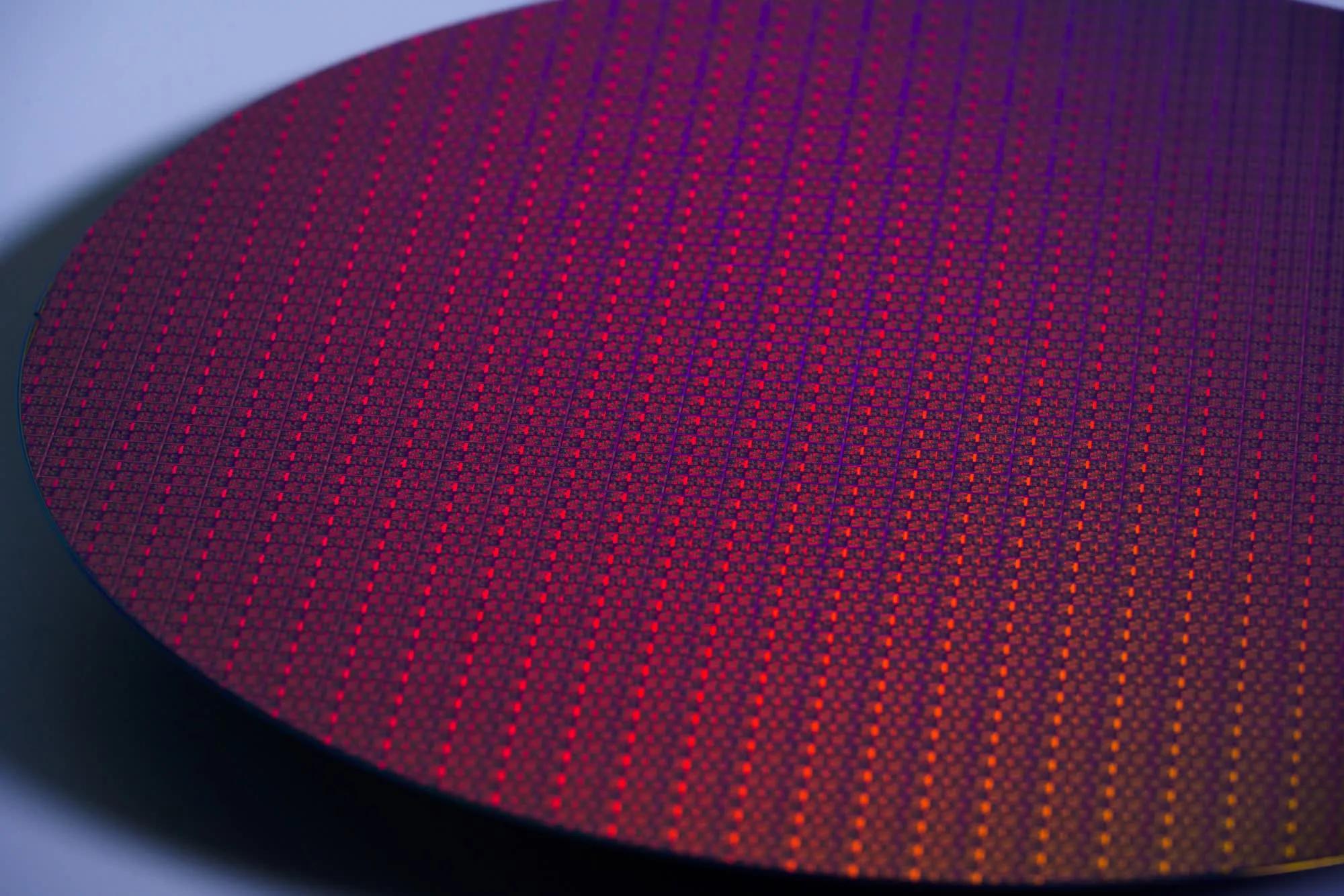Intel's Manufacturing Innovations: Transitioning from 20A to 18A Process Nodes for Arrow Lake

Intel's Shift to 18A Process Node
Intel has made a strategic decision to cancel the 20A process node, redirecting its focus to the 18A node that will power the upcoming Arrow Lake architecture. This transition is fueled by the valuable insights gained during the development of the 20A node, which have been integrated to enhance both efficiency and performance.
Key Advantages of the 18A Node
- Advanced Transistor Architectures: The 18A process node benefits from new techniques that improve transistor performance.
- Optimized Materials: The choice of materials has been carefully selected to enhance durability and efficiency.
- Increased Manufacturing Efficiency: Lessons learned from earlier nodes have allowed for a streamlined manufacturing process.
Conclusion: A Strategic Evolution
Intel's pivot to the 18A process node demonstrates its adaptability and focus on refining manufacturing technologies. Staying ahead involves learning from past developments, which is evident in the advancements made for the Arrow Lake architecture.
This article was prepared using information from open sources in accordance with the principles of Ethical Policy. The editorial team is not responsible for absolute accuracy, as it relies on data from the sources referenced.